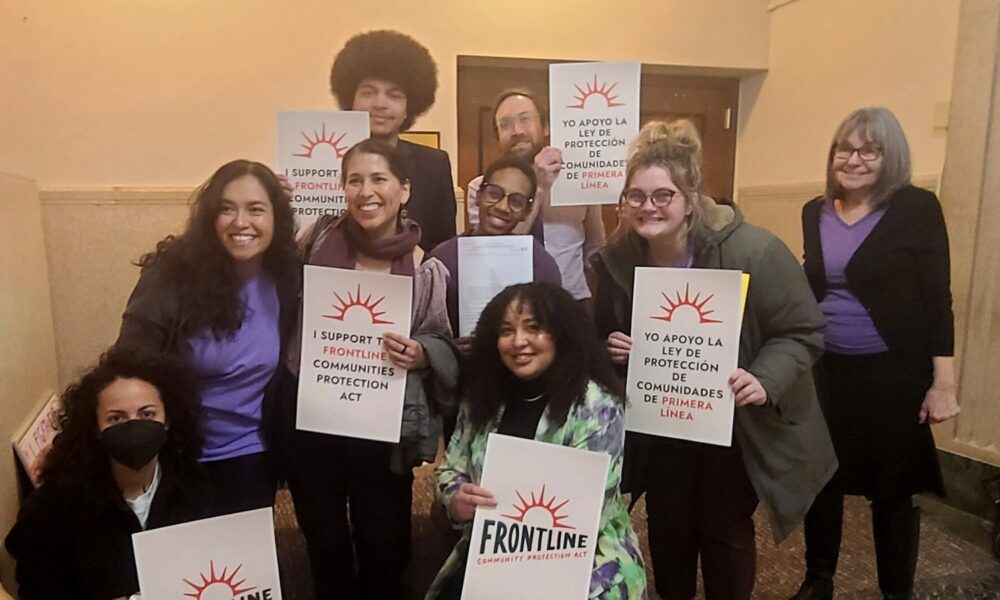On March 14, 2023, I testified before the Minnesota House of Representatives Environment and Natural Resources Committee in support of a cumulative impacts bill. Should it become statute, this bill would give additional regulatory authority to the Minnesota Pollution Control Agency (the state regulatory agency) to limit or deny an environmental permit if the proposal would result in significant additions to the cumulative environmental and public health stressors around the facility. This legislation, like other attempts to increase environmental protections for under-resourced communities, has been the long work of environmental justice groups in Minnesota including COPAL, Community Members for Environmental Justice, and the Minnesota Environmental Justice Table. There was a lot of poignant and brave testimony, check out the video! Here’s what I said:
Chair and members of the committee:
Thank you for this opportunity to provide testimony.
My name is Kristie Ellickson and I am a Fellow at the Union of Concerned Scientists which is an independent nonprofit organization advocating for science-based policy solutions. We have over 7,000 supporters in the state of Minnesota.
My research at UCS is in the area of cumulative impacts, which is an underlying concept of this bill. Before coming to UCS, I worked as a state scientist for 14 years at the Minnesota Pollution Control Agency.
I am here to tell you that there is science to support this bill.
- It is well known and measured that people are exposed to multiple chemicals at once, not one at a time from a single source the way many environmental regulatory rules are written.
- We are exposed to pollutants by breathing, eating, drinking, and by touch with our skin. This means that there need to be cross-linkages in environmental permitting, between water and air for example.
- Pollution exists disproportionately in communities of color and low-income communities. This has been measured, estimates from computer models, and has been demonstrated for many pollutants, from many types of sources, and demonstrated in studies over and over again.
- Exposure to mixtures of chemicals versus single chemicals can produce different or worse impacts.
- There is a growing area of scientific studies showing that chronic stress or social adversity can worsen outcomes from chemical exposures.
So, what does all this mean?
It means that we have a regulatory system that has not fully evolved to address the unequal distribution of pollutants in our state or country. Community groups have been advocating for these protections for decades.
This bill is a solution to begin to decrease disproportionate impacts felt in Minnesotan communities.
And, finally, because Minnesota was the first state to integrate a form of cumulative impacts into permitting, Minnesota has experience and is well positioned to do this work.
Thank you.

